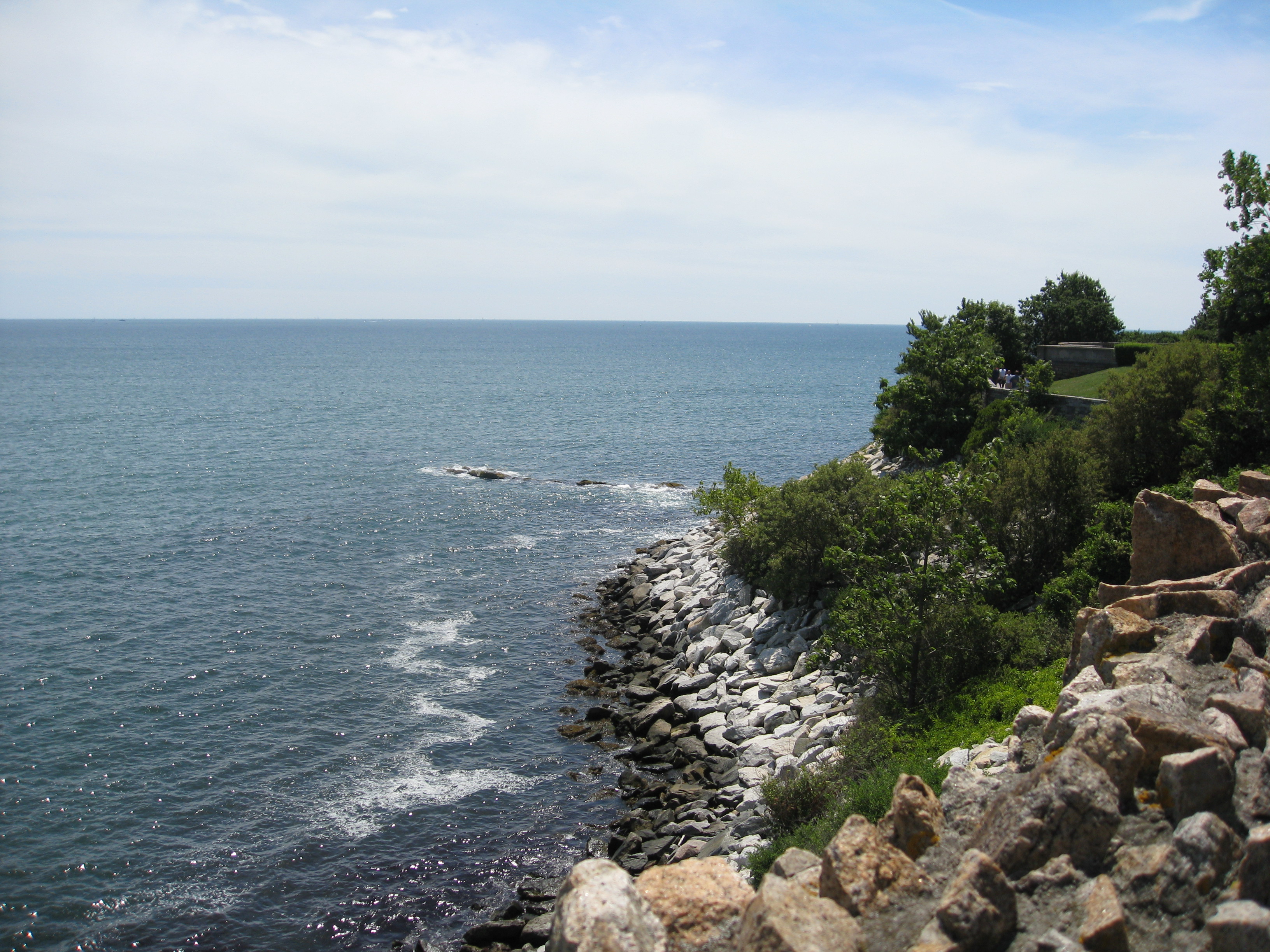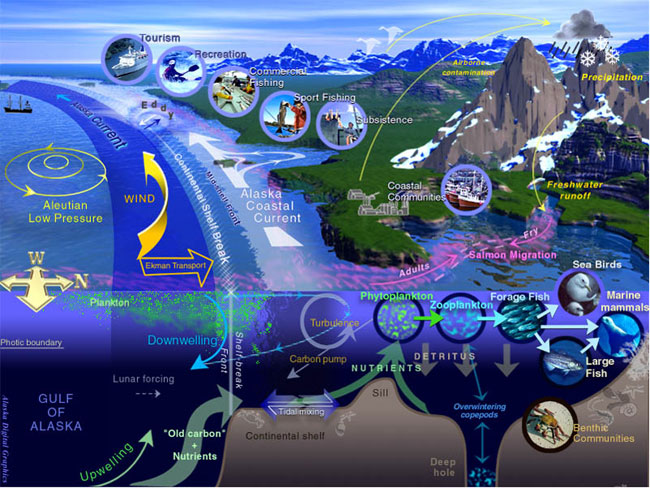|
Gibbula Verdensis
''Gibbula verdensis'' is a species of sea snail, a marine gastropod mollusk in the family Trochidae, the top snails. Description The Gibbula verdensis is a living organism, of the Animalia Kingdom. It belongs to the phylum Mollusca, class Gastropoda, subclass Vetigastropoda, order Trochida, family Trochidae, subfamily Cantharidinae and genus Gibbula. Dead Gibbula verdensis form shallow marine sediments. They have sexual reproduction. Their body symmetry is dextrally coiled. The shell reaches a height of 7 mm. Their locomotion relies on mucus mediated gliding, which refers to muscular waves propelling an animal over a mucus layer overlaying the substrate; in which alternating regions of muscular contraction and expansion create traveling waves that shear the mucus, resulting in translation of the animal. The mineralized skeleton of the Gibbula verdensis contains calcium carbonate. Their trophic guild (which is a group of species that exploit the same food resources, ... [...More Info...] [...Related Items...] OR: [Wikipedia] [Google] [Baidu] |
Species
In biology, a species is the basic unit of Taxonomy (biology), classification and a taxonomic rank of an organism, as well as a unit of biodiversity. A species is often defined as the largest group of organisms in which any two individuals of the appropriate sexes or mating types can reproduction, produce Fertility, fertile offspring, typically by sexual reproduction. Other ways of defining species include their karyotype, DNA sequence, morphology (biology), morphology, behaviour or ecological niche. In addition, paleontologists use the concept of the chronospecies since fossil reproduction cannot be examined. The most recent rigorous estimate for the total number of species of eukaryotes is between 8 and 8.7 million. However, only about 14% of these had been described by 2011. All species (except viruses) are given a binomial nomenclature, two-part name, a "binomial". The first part of a binomial is the genus to which the species belongs. The second part is called the specifi ... [...More Info...] [...Related Items...] OR: [Wikipedia] [Google] [Baidu] |
Cantharidinae
The Cantharidinae are a taxonomic subfamily of very small to large sea snails, marine gastropod molluscs in the family Trochidae, common name top snails.Bouchet, P.; Gofas, S. (2011). Cantharidinae. Accessed through: World Register of Marine Species at http://www.marinespecies.org/aphia.php?p=taxdetails&id=382171 on 2011-03-15 Originally it was ranked as tribe of the Trochinae, according to the taxonomy of the Gastropoda by Bouchet & Rocroi from 2005, but was elevated to the rank of subfamily following Williams et al.Williams S.T., Donald K.M., Spencer H.G. & Nakano T. (2010) Molecular systematics of the marine gastropod families Trochidae and Calliostomatidae (Mollusca: Superfamily Trochoidea). Molecular Phylogenetics and Evolution 54:783-809 Genera * '' Agagus'' Jousseaume, 1894 * † '' Amonilea'' Cossmann, 1920 * † '' Anceps'' Kolesnikov, 1939 * ''Calthalotia'' Iredale, 1929 * ''Cantharidoscops'' Galkin, 1955 * ''Cantharidus'' Montfort, 1810 * ''Clelandella'' Winck ... [...More Info...] [...Related Items...] OR: [Wikipedia] [Google] [Baidu] |
Intertidal Zone
The intertidal zone, also known as the foreshore, is the area above water level at low tide and underwater at high tide (in other words, the area within the tidal range). This area can include several types of habitats with various species of life, such as seastars, sea urchins, and many species of coral with regional differences in biodiversity. Sometimes it is referred to as the '' littoral zone'' or '' seashore'', although those can be defined as a wider region. The well-known area also includes steep rocky cliffs, sandy beaches, bogs or wetlands (e.g., vast mudflats). The area can be a narrow strip, as in Pacific islands that have only a narrow tidal range, or can include many meters of shoreline where shallow beach slopes interact with high tidal excursion. The peritidal zone is similar but somewhat wider, extending from above the highest tide level to below the lowest. Organisms in the intertidal zone are adapted to an environment of harsh extremes, living in w ... [...More Info...] [...Related Items...] OR: [Wikipedia] [Google] [Baidu] |
Littoral Zone
The littoral zone or nearshore is the part of a sea, lake, or river that is close to the shore. In coastal ecology, the littoral zone includes the intertidal zone extending from the high water mark (which is rarely inundated), to coastal areas that are permanently submerged — known as the ''foreshore'' — and the terms are often used interchangeably. However, the geographical meaning of ''littoral zone'' extends well beyond the intertidal zone to include all neritic waters within the bounds of continental shelves. Etymology The word ''littoral'' may be used both as a noun and as an adjective. It derives from the Latin noun ''litus, litoris'', meaning "shore". (The doubled ''t'' is a late-medieval innovation, and the word is sometimes seen in the more classical-looking spelling ''litoral''.) Description The term has no single definition. What is regarded as the full extent of the littoral zone, and the way the littoral zone is divided into subregions, varies in dif ... [...More Info...] [...Related Items...] OR: [Wikipedia] [Google] [Baidu] |
Biome
A biome () is a biogeographical unit consisting of a biological community that has formed in response to the physical environment in which they are found and a shared regional climate. Biomes may span more than one continent. Biome is a broader term than habitat and can comprise a variety of habitats. While a biome can cover large areas, a microbiome is a mix of organisms that coexist in a defined space on a much smaller scale. For example, the human microbiome is the collection of bacteria, viruses, and other microorganisms that are present on or in a human body. A biota is the total collection of organisms of a geographic region or a time period, from local geographic scales and instantaneous temporal scales all the way up to whole-planet and whole-timescale spatiotemporal scales. The biotas of the Earth make up the biosphere. Etymology The term was suggested in 1916 by Clements, originally as a synonym for ''biotic community'' of Möbius (1877). Later, it gained its c ... [...More Info...] [...Related Items...] OR: [Wikipedia] [Google] [Baidu] |
Marine Life
Marine life, sea life, or ocean life is the plants, animals and other organisms that live in the salt water of seas or oceans, or the brackish water of coastal estuaries. At a fundamental level, marine life affects the nature of the planet. Marine organisms, mostly microorganisms, produce oxygen and sequester carbon. Marine life in part shape and protect shorelines, and some marine organisms even help create new land (e.g. coral building reefs). Most life forms evolved initially in marine habitats. By volume, oceans provide about 90% of the living space on the planet. The earliest vertebrates appeared in the form of fish, which live exclusively in water. Some of these evolved into amphibians, which spend portions of their lives in water and portions on land. One group of amphibians evolved into reptiles and mammals and a few subsets of each returned to the ocean as sea snakes, sea turtles, seals, manatees, and whales. Plant forms such as kelp and other algae grow ... [...More Info...] [...Related Items...] OR: [Wikipedia] [Google] [Baidu] |
Cape Verdes
, national_anthem = () , official_languages = Portuguese , national_languages = Cape Verdean Creole , capital = Praia , coordinates = , largest_city = capital , demonym = Cape Verdean or Cabo Verdean , ethnic_groups_year = 2017 , government_type = Unitary semi-presidential republic , leader_title1 = President , leader_name1 = José Maria Neves , leader_title2 = Prime Minister , leader_name2 = Ulisses Correia e Silva , legislature = National Assembly , area_rank = 166th , area_km2 = 4033 , area_sq_mi = 1,557 , percent_water = negligible , population_census = 561,901 , population_census_rank = 172nd , population_census_year = 2021 , population_density_km2 = 123.7 , population_density_sq_mi = 325.0 , population_density_rank = 89th , GDP_PPP ... [...More Info...] [...Related Items...] OR: [Wikipedia] [Google] [Baidu] |
Animal Locomotion
Animal locomotion, in ethology, is any of a variety of methods that animals use to move from one place to another. Some modes of locomotion are (initially) self-propelled, e.g., running, swimming, jumping, flying, hopping, soaring and gliding. There are also many animal species that depend on their environment for transportation, a type of mobility called passive locomotion, e.g., sailing (some jellyfish), kiting (spiders), rolling (some beetles and spiders) or riding other animals ( phoresis). Animals move for a variety of reasons, such as to find food, a mate, a suitable microhabitat, or to escape predators. For many animals, the ability to move is essential for survival and, as a result, natural selection has shaped the locomotion methods and mechanisms used by moving organisms. For example, migratory animals that travel vast distances (such as the Arctic tern) typically have a locomotion mechanism that costs very little energy per unit distance, whereas non-migratory a ... [...More Info...] [...Related Items...] OR: [Wikipedia] [Google] [Baidu] |
Sexual Reproduction
Sexual reproduction is a type of reproduction that involves a complex life cycle in which a gamete ( haploid reproductive cells, such as a sperm or egg cell) with a single set of chromosomes combines with another gamete to produce a zygote that develops into an organism composed of cells with two sets of chromosomes ( diploid). This is typical in animals, though the number of chromosome sets and how that number changes in sexual reproduction varies, especially among plants, fungi, and other eukaryotes. Sexual reproduction is the most common life cycle in multicellular eukaryotes, such as animals, fungi and plants. Sexual reproduction also occurs in some unicellular eukaryotes. Sexual reproduction does not occur in prokaryotes, unicellular organisms without cell nuclei, such bacteria and archaea. However, some process in bacteria may be considered analogous to sexual reproduction in that they incorporate new genetic information, including bacterial conjugation, transf ... [...More Info...] [...Related Items...] OR: [Wikipedia] [Google] [Baidu] |
Gibbula
''Gibbula'' is a genus of small sea snails, marine gastropod molluscs in the subfamily Cantharidinae of the family Trochidae, the top snails.Bouchet, P.; Gofas, S. (2011). Gibbula Risso, 1826. Accessed through: World Register of Marine Species at http://www.marinespecies.org/aphia.php?p=taxdetails&id=138590 on 2011-04-02 Taxonomy Affenzeller et al. (2017) have shown than several Mediterranean species hitherto assigned to ''Gibbula'' were forming a separate clade and should be assigned to the genus ''Steromphala''. They included in the restricted ''Gibbula'' clade the species ''G. magus'' (type species), ''G. fanulum'' and ''G. ardens''. However many other species were not taken into account in this paper and will remain listed in WoRMS under ''Gibbula'' until their phylogenetic position is assessed, but possibly do not belong to the restricted ''Gibbula'' clade. Distribution The species in this genus occur through all seas, except on the coast of the American continent. Des ... [...More Info...] [...Related Items...] OR: [Wikipedia] [Google] [Baidu] |
Trochida
Trochida is an order of small to very large vetigastropod, Recent and extinct sea snails with gill A gill () is a respiratory organ that many aquatic organisms use to extract dissolved oxygen from water and to excrete carbon dioxide. The gills of some species, such as hermit crabs, have adapted to allow respiration on land provided they ar ...s and an operculum.MolluscaBase (2018). Trochida. Accessed through: World Register of Marine Species at: http://www.marinespecies.org/aphia.php?p=taxdetails&id=1052448 on 2019-01-06 Taxonomy Still existing trochomorphs stem from a large, archaic clade. According to Uribe ''et al.'' (2016) the superfamilies Angarioidea and Phasianelloidea are deeply nested within the superfamily Trochoidea sensu Williams (2012).Williams, S.T., 2012, ''Advances in molecular systematics of the vetigastropod superfamily Trochoidea.'' Zoologica Scripta, 41(6): 571–595. The revised taxonomy (2017) of Bouchet ''et al.'' therefore only recognizes the s ... [...More Info...] [...Related Items...] OR: [Wikipedia] [Google] [Baidu] |






